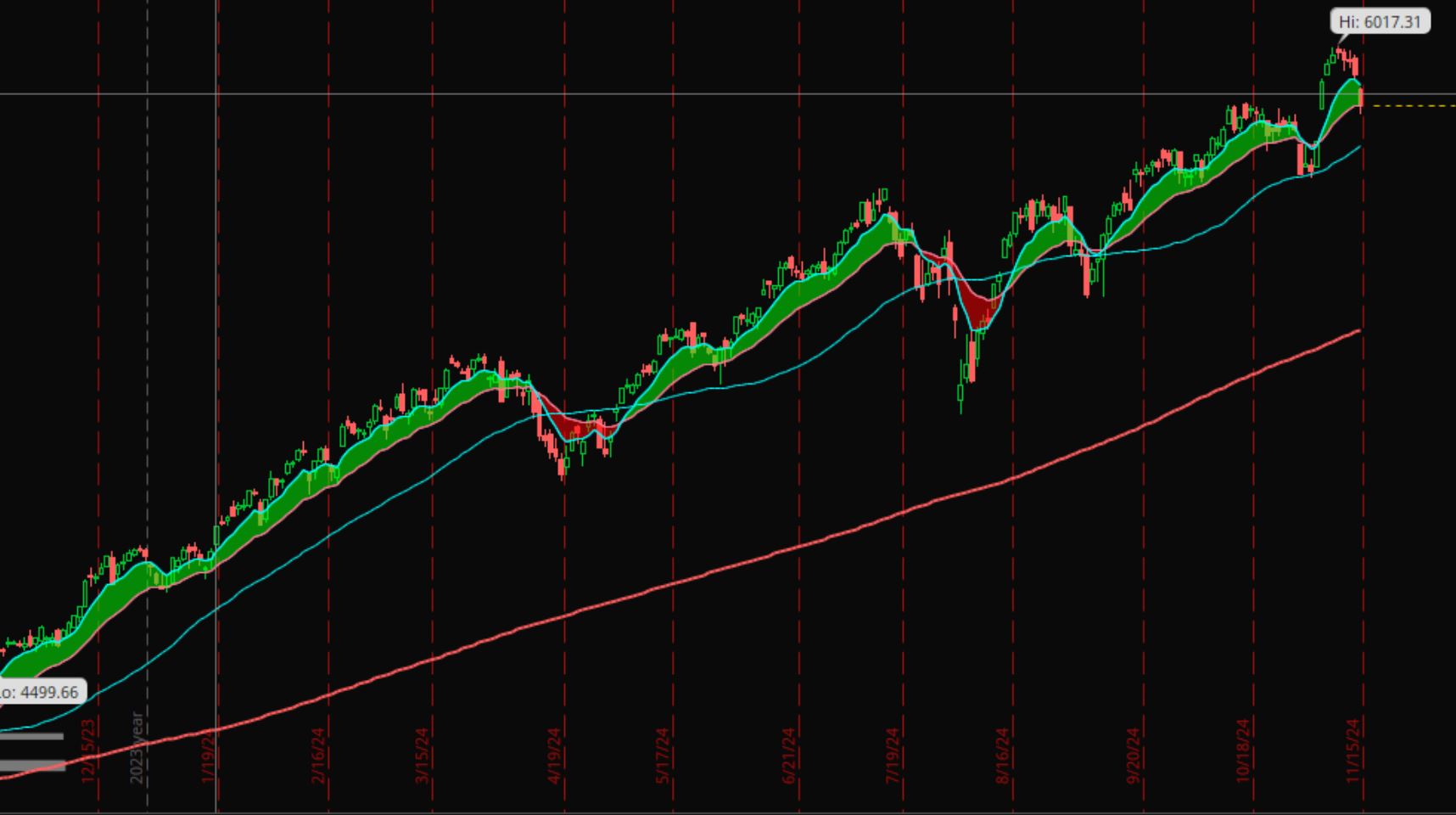When investing for the long term, knowing when to sell is as critical as knowing when to buy. Having clear, predefined criteria for selling ensures you remain disciplined and make rational decisions, even during volatile markets. Below is an expanded guide on the key reasons to sell a long-term investment, including practical examples and additional considerations.
1. The Stock Price Exceeds Fair Value Significantly
While holding winners is essential for long-term compounding, there comes a point when a stock’s valuation may far exceed its intrinsic worth.
Rule of Thumb: If the stock’s market price reaches double its assessed fair value (e.g., based on Discounted Cash Flow or other valuation models), consider trimming your position.
Rationale: Overvalued stocks are at greater risk of price corrections. Locking in gains allows you to secure profits and reinvest in undervalued opportunities.
Example: Suppose you bought shares of a company with an intrinsic value of $50 per share. If the price surges to $100, re-evaluating its growth assumptions and risks becomes prudent.
2. Changes in Company Fundamentals
A significant deterioration in a company’s fundamentals can signal the need to exit.
Key Metrics to Watch:
- Declining revenue or earnings growth.
- Rising debt levels without corresponding asset growth.
- Consistently poor management decisions or strategy shifts.
Example: A company may lose market share to competitors or overextend itself with unprofitable acquisitions. If these changes challenge your original investment thesis, selling might be the right move.
Additional Consideration: If only one quarter’s results are weak, avoid reacting prematurely. Look for sustained trends before making a decision.
3. Better Investment Opportunities
Capital allocation is an essential aspect of investing. If a more compelling opportunity arises, reallocating funds may be necessary.
What to Look For:
- Higher expected growth rates.
- More attractive valuation metrics (e.g., a lower P/E or Price-to-Free-Cash-Flow ratio).
- Industry tailwinds favoring a new sector.
Example: If you hold a stock yielding a 5% annual return but discover an undervalued stock with the potential for 15% returns, selling to fund the new opportunity can enhance your portfolio’s overall performance.
4. Personal Cash Needs
Sometimes, life circumstances require selling investments, regardless of market conditions.
Examples of Situations:
- Medical emergencies or large unexpected expenses.
- Funding a home purchase, education, or retirement needs.
Tip: Create an emergency fund to minimize the need to liquidate investments during unfavorable market conditions.
5. Tax-Loss Harvesting
Selling underperforming stocks to realize a tax loss can be a strategic move to reduce your overall tax liability.
How It Works:
- The realized loss can offset gains elsewhere in your portfolio.
- If losses exceed gains, you can deduct up to $3,000 annually from ordinary income and carry forward excess losses to future years for residents of the US.
Watch Out: Be mindful of wash-sale rules, which prevent you from repurchasing the same or substantially identical stock within 30 days of selling(US residents only).
6. Corporate Governance Issues
Strong leadership and ethical corporate governance are critical for long-term success.
Red Flags to Watch:
- Executive misconduct or fraud.
- Accounting irregularities or frequent restatements of financial results.
- Shareholder-unfriendly practices, such as excessive stock-based compensation.
Example: If a company is embroiled in scandals or consistently fails to act in shareholders’ best interests, the reputational and financial damage may warrant exiting your position.
Additional Selling Considerations
7. Scaling Out of a Position
Rather than selling all at once, consider selling in stages.
Strategy: Sell a percentage of your shares at pre-determined price targets to lock in profits while allowing some exposure to further upside.
Example: If a stock doubles in price, sell 50% of your position and let the remainder ride.
8. Evaluate Sector or Macro Trends
Sometimes, a sector faces headwinds that make even the strongest companies vulnerable.
Example: During a recession, consumer discretionary companies may see declining demand, even if their fundamentals remain strong.
9. The “Never Sell” Approach
For certain blue-chip companies with wide moats, strong cash flow, and consistent growth, holding indefinitely may be a viable strategy.
When This Works: If the company continues to compound wealth at a high rate and reinvest capital effectively.
Risks: Even great companies can decline if leadership changes or competitive dynamics shift (e.g., IBM’s decline despite once being a tech leader).
Staying Disciplined
Having a documented exit plan for each investment ensures that your decisions are grounded in logic rather than emotion. Include these elements in your plan:
Target Price: Based on valuation models.
Thesis Breakers: Specific scenarios that would invalidate your investment rationale.
Timeframe: A realistic horizon to achieve your expected returns, 3-5 years minimum.
Summary
By defining and sticking to these selling criteria, you can protect your portfolio from unnecessary risks, maximize long-term gains, and stay aligned with your financial goals.












Leave a Reply